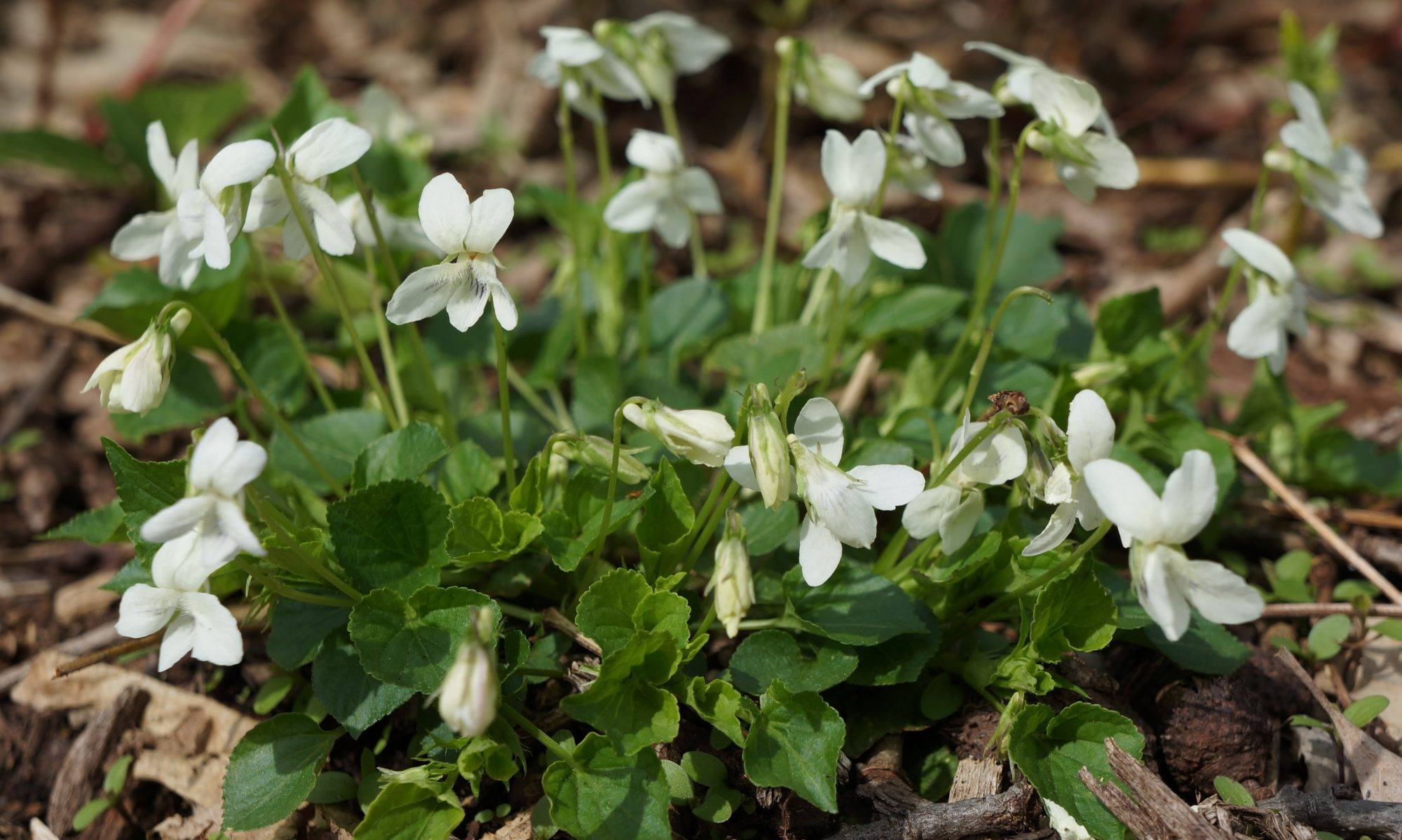It’s really hard to get motivated to do much of anything outdoors, but there are a few tasks and chores which you should do on those days when the weather is favorable! For a much cold ambiance use the ceiling fans atlanta ga !
Here are a few gardening tasks and projects that you can do this month to help keep your garden looking it’s best for the rest of this season, and prepare for the long cold winter and upcoming spring, learn more from Landscapers Fort Wayne.
Perennials, annuals, and bulbs
Make sure that the canes of your climbing roses and other vining plants are securely fastened to their supports. Winter winds can whip and severely damage unprotected plants. Don’t tie them so tightly that the string or twist-tie cuts into the stem. I recommend using a length of an old nylon stocking because it will stretch as the plant grows, rather than cutting into the stem, as string will do. Continue reading “Horticulture Report – November 2018”

